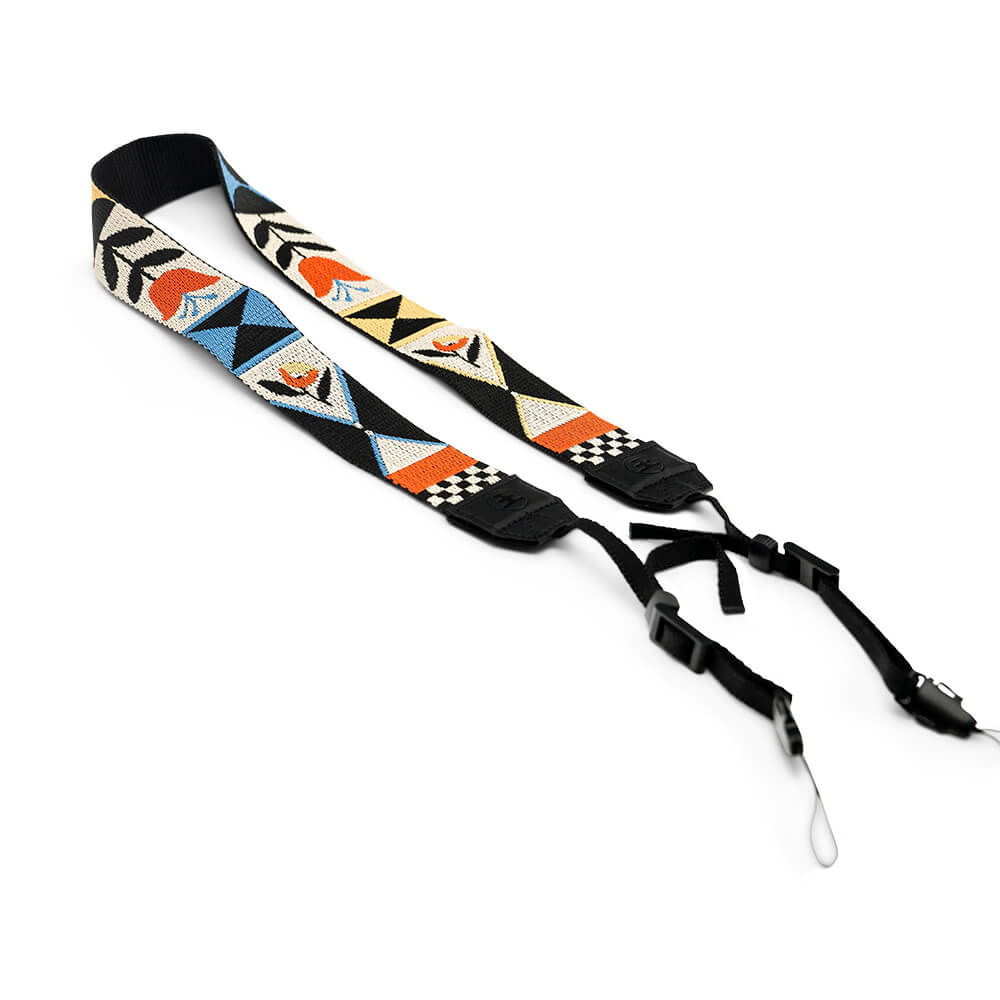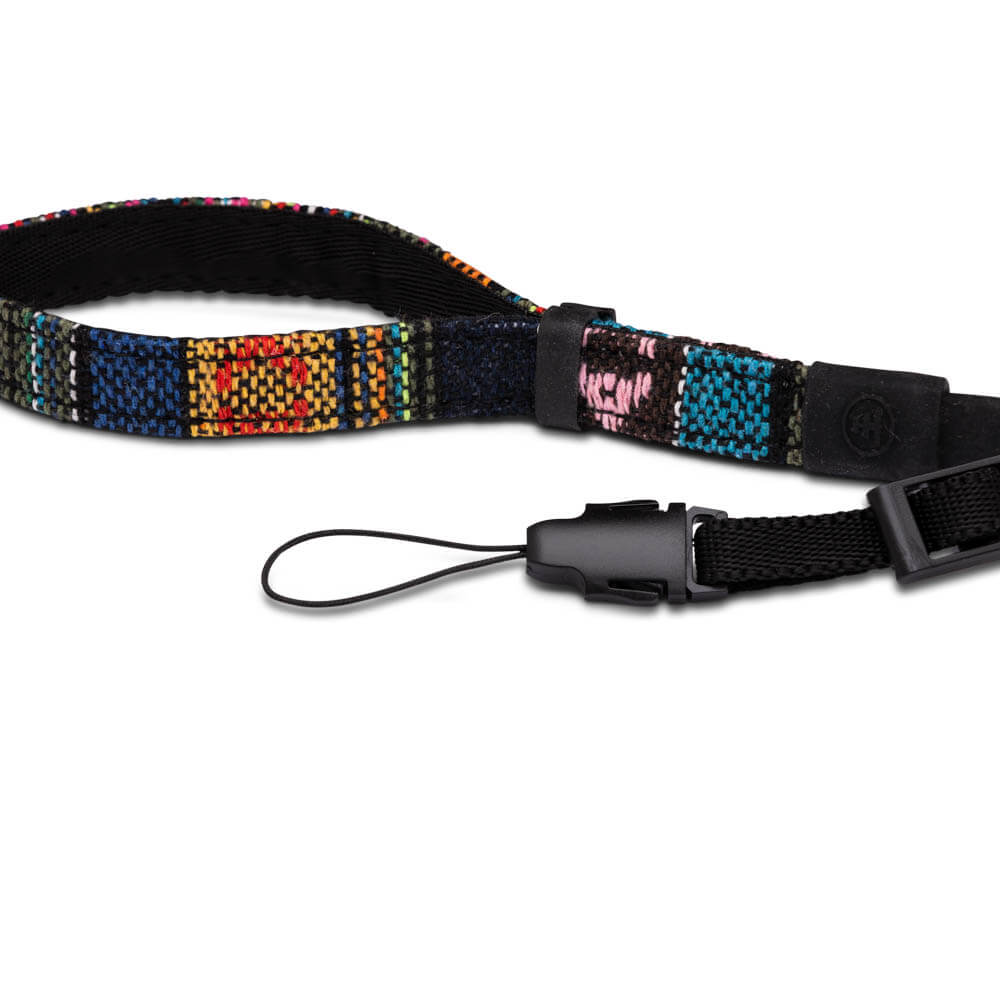There’s a bit of mystery surrounding this extinct Falkland Islander. For one, it was the only native mammal to the
islands. Which raises the question, how did it get there? On top of this, humans didn’t study the animal much upon
discovery until it was too late.
Luckily, good ‘ol Charles Darwin took the time to observe this animal. So we’re left with at least some documentation on
its appearance and temperament. However, we’re still sitting on a heaping pile of questions…
What were these creatures’ mating and parenting behaviors? What was a typical lifespan for the Falkland Islands wolf?
The best we can do is fill the gaps with educated guesses based on the animals’ closest living relative — the maned
wolf.

Size and Features
Like the maned wolf (pictured above), Falkland Islands wolves looked very fox-like in appearance. Although, they had
much shorter, stubbier legs than those of maned wolves.
They wore a reddish-brown, bushy coat mixed with black furs on their upper back. Their bellies were lighter in color,
with a touch of beige in the mix. The tail was full and fluffy with a white tip.
According to Darwin, the blend of fox and wolf traits gave the animal a distinct appearance, unlike any living candid.
Habitat
As its name suggests, this creature was endemic (native) to the Falkland Islands — both east and west. The islands’ ecosystem comprises white sandy beaches, rocky mountainous terrain, and grassy plains. Falkland Island wolves lived in sandhill burrows, likely stolen from penguins or other inhabitants of the islands. There are a few theories for how Falkland Island wolves managed to make it to the islands.

One suggestion is that indigenous peoples brought over the animal; however, there’s no evidence to support this. It’s more likely that the animal crossed an ice bridge between Argentina and the islands during the ice age (about 16,000 years ago). This also explains why the Falkland Islands wolf was isolated as the only mammal on the islands. Crossing ice is not easy!
Diet
Typically, a candid like the Falkland Islands wolf would be seen hunting rodents. However, this lone wolf wasn’t so lucky — it had to get more creative when mealtime came. Scientists that the wolf’s diet consisted of geese, penguins, fish, crabs, reptiles, and amphibians. Early settlers noted seeing the animal swimming along the beaches while foraging.

Behavior
Although the Falkland Islands wolf were social creatures and burrowed in packs, they hunted solo.
One theme you’ll see unanimously in what little documentation we have, is that humans perceived it as a gently-natured
creature. This is probably a result of the animal’s isolation from predators and humans for thousands of years
Relationship With Humans
Captain John Strong first documented the Discovery of the Falkland Islands wolf in 1690. Capt’ Strong attempted to take
his new furry friend back with him to Europe upon his ship. But like most dogs we know, loud noises scared the daylights
out of the wolf — and he jumped overboard after a cannon was fired.
Darwin described the Falkland Islands wolf as rare and tame. He predicted that the wolf’s naive trust in humans would
soon end in its demise, as with the dodo.
The Falkland Islands wolf could easily be lured with meat. As quickly as humans gained the wolf’s trust, they took its
life. Its furs were sold and traded, as they were valued highly amongst European settlers. Wolves that escaped hunting
were often poisoned by farmers who considered them a threat to their livestock.
It only took humans 200 years from when they discovered the Falkland Islands wolf to wipe it off the planet entirely. By
1876, the friendly fox-like canid was officially extinct.

Images in order:
Gordon Johnson from Pixabay
Hakiost from Pixabay
Muhammed Zafer Yahsi
Paul Carroll on Unsplash
Ray Hennessy on Unsplash


